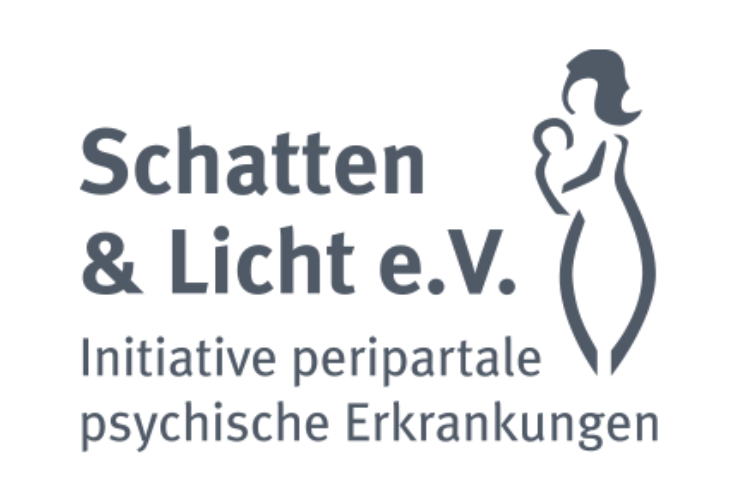Clinical pictures
The emotional conditions of the mother before and after the birth of a baby are usually classified into three main categories: postpartal down mood (baby blues), peripartal depression, anxiety and obsessive-compulsive disorder, and peripartal psychosis. These categories are not isolated from each other; they often flow smoothly into each other..

Peripartal depression / peripartal anxiety
isorder and obsessive compulsive disorder
These clinical pictures may emerge at any time during pregnancy and in the first two years after giving birth, though they usually develop in the first weeks after giving birth. They range from minor adjustment disorders to severe forms with suicidal thoughts. The onset is often gradual. Approximately 10 to 20% of all mothers are affected.
Typical signs include:- tiredness, exhaustion, loss of energy:
- tearfulness and regular bouts of crying
- feelings of guilt
- inner feelings of emptiness
- general disinterest, low sex drive
- conflicting feelings towards the baby
- concentration, eating and sleep disorders
- headaches, dizziness, heart complaints, other psychosomatic symptoms
- anxiety, extreme irritability, panic attacks, compulsive thoughts (recurrent destructive ideas and mental images that are NOT put into practice)
- suicidal thoughts
Peripartal anxiety is considered to be in a category of its own as the main clinical characteristic is anxiety while depressive symptoms may occur, but not necessarily. Peripartal anxiety disorder covers severe and recurrent feelings of fear and/or panic. The anxiety or concern can be vague and relate to life and the world in general, but they can also emerge in certain situations. Anxiety or concern about the wellbeing of the baby is typical. Peripartal anxiety disorder (attacks of extreme anxiety) and peripartal obsessive compulsive disorders (permanent and compulsive recurrent thoughts, ideas and mental images causing anxiety) are severe forms of peripartal anxiety.
Peripartal psychosis
Peripartal psychosis can occasionally develop during pregnancy but in most cases it occurs in the first two weeks after giving birth. It can also develop from depression. It is considered the most severe form of peripartal mental disorder and 1 to 3 in every 1,000 mothers are affected by it.
Possible signs are:
- extreme increase of drive, agitation (manic phase)
- lack of drive, motionlessness, apathy (depressive phase)
- extreme anxiety
- confusion, delirium, hallucinations
The intense drive that results in various non-productive activities does not mean that the mothers are in a good mood. With regard to the hallucinations and delirium, those affected often hear voices, see people, animals and things that do not exist, or develop delirious thoughts e.g. of a religious nature. For those affected, these visions are real.


Postpartal down-mood (baby blues)
Postpartal down mood or baby blues (American term) is the name given to a short period of down mood in the first 14 days after giving birth and it affects an estimated 50 to 80% of women. It usually emerges between the 3rd and 5th day after giving birth and lasts a few hours to up to a maximum of a few days.
Typical signs include:
- tiredness, exhaustion, loss of energy
- sensitivity and emotional instability
- tearfulness and regular bouts of crying
- insomnia and restlessness
- concentration, eating and sleep disorders
- anxiety and irritability
The baby blues is very common and temporary and as such is thought to be the result of a hormonal, physical and mental readjustment after childbirth. It is not considered to require treatment. But classifying the baby blues as a normal condition should not result in paying no attention to it. When the blues persists for an unusually long time (more than two weeks) and is present most of the day, this may be the first sign of postpartal depression.


